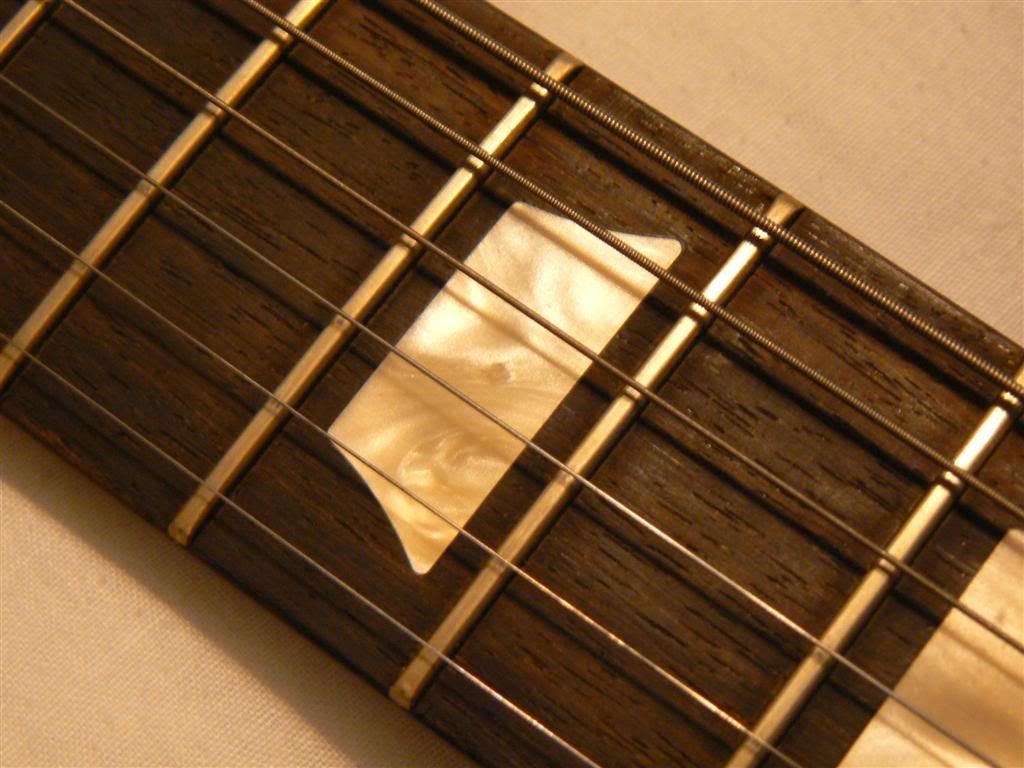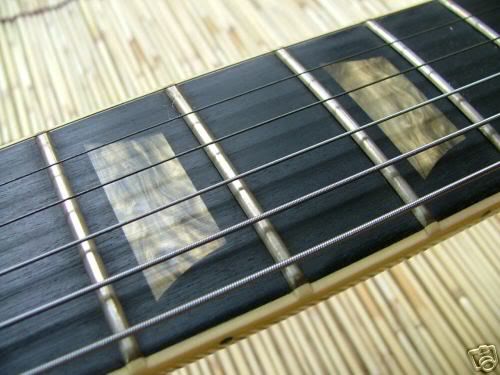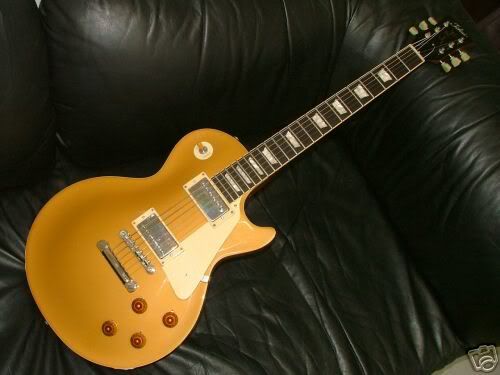This pictures come from this forum. I own one 2008 Tokai LS, and I've seen two another - they all have that strange black bruises which surround inlays 


What's the problem with that? Is it a glue? Filler?
It seems that all new Tokai guitars have that finish flaw. Even LS-320
For me it's a real pain in da ***. It's the only flaw on my Tokai guitar. Frets are perfect, inlays are so greatly glued and polished but that black fuckers ruin the look of the fretboard.
Is there any way to clean that?
It looks so ugly compared to that perfect inlay finish:



What's the problem with that? Is it a glue? Filler?
It seems that all new Tokai guitars have that finish flaw. Even LS-320
For me it's a real pain in da ***. It's the only flaw on my Tokai guitar. Frets are perfect, inlays are so greatly glued and polished but that black fuckers ruin the look of the fretboard.
Is there any way to clean that?
It looks so ugly compared to that perfect inlay finish:









